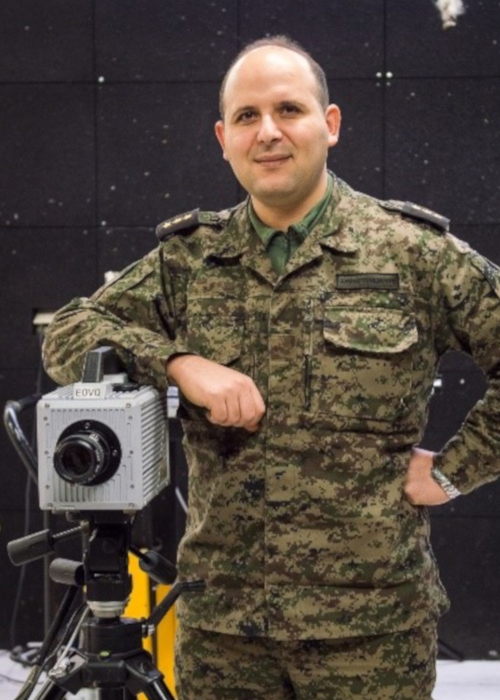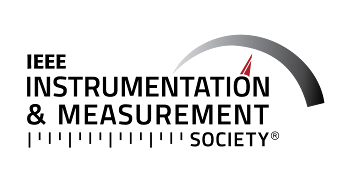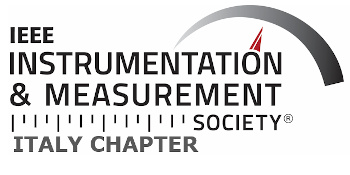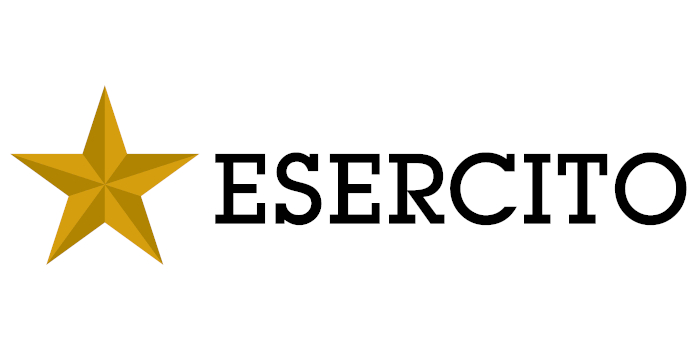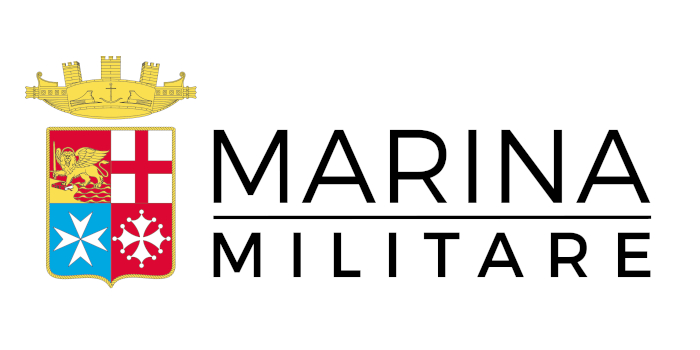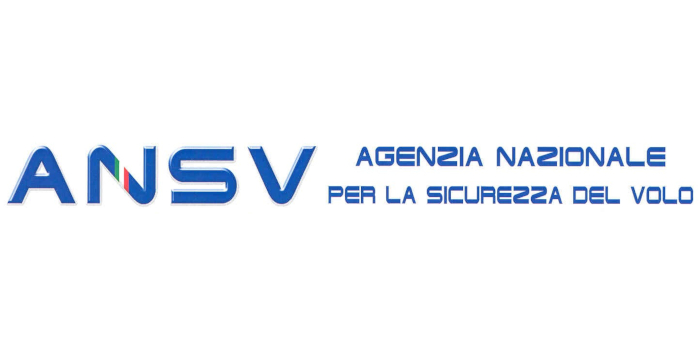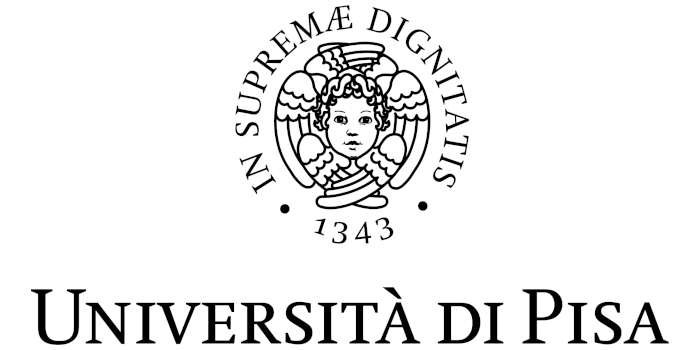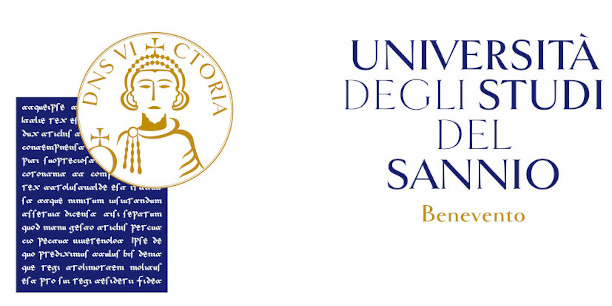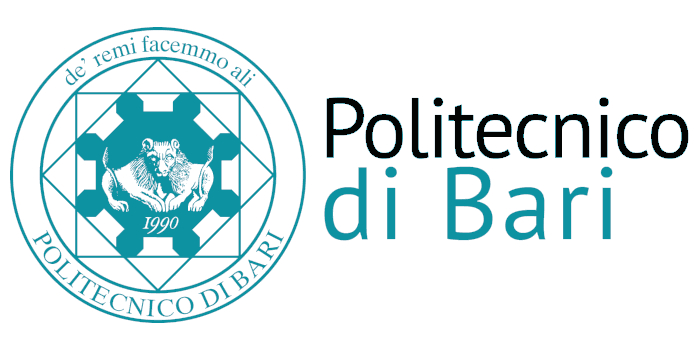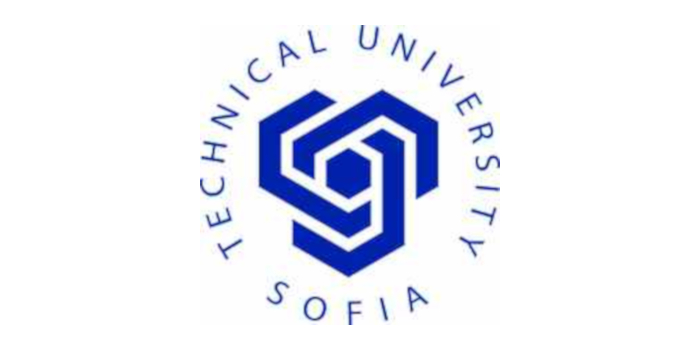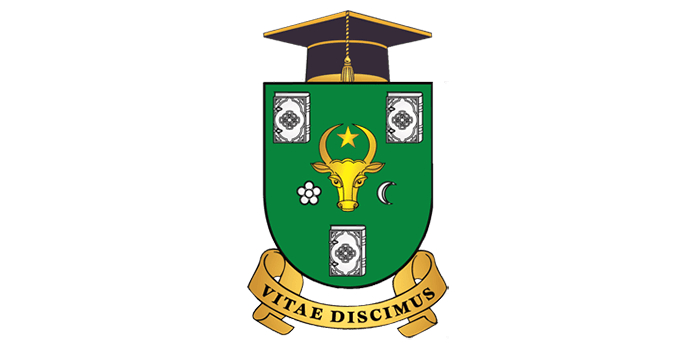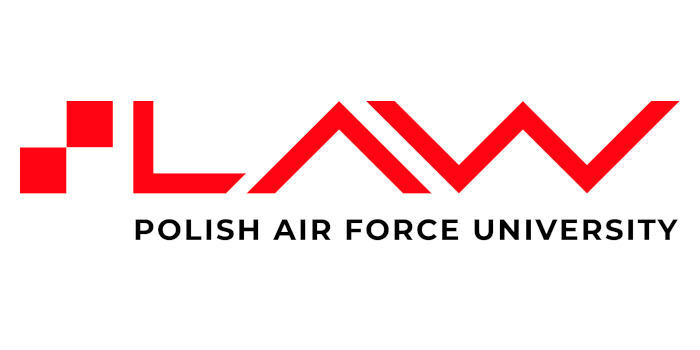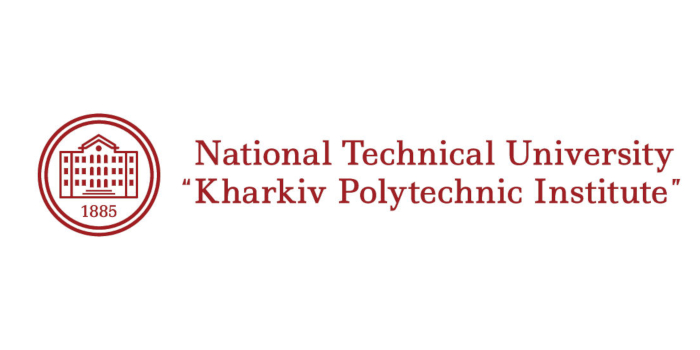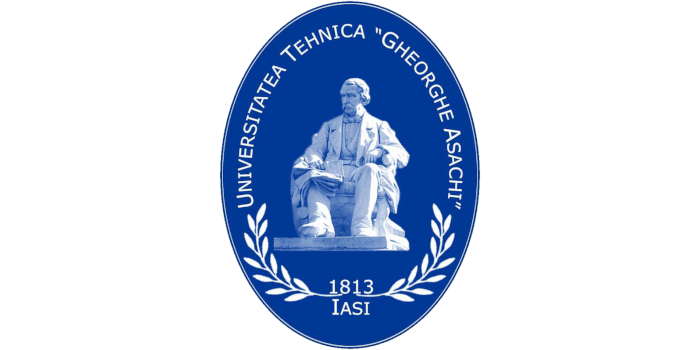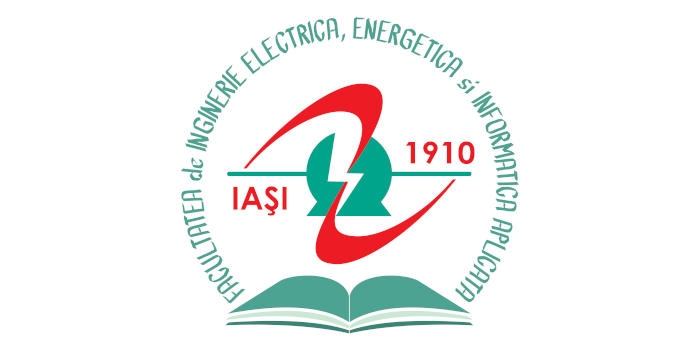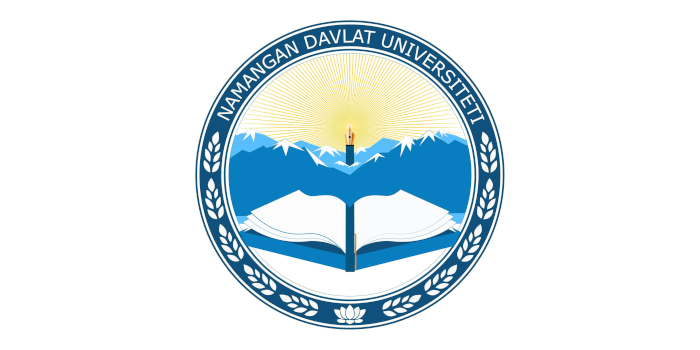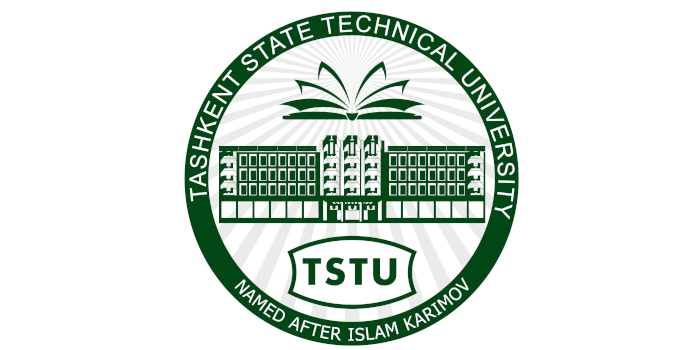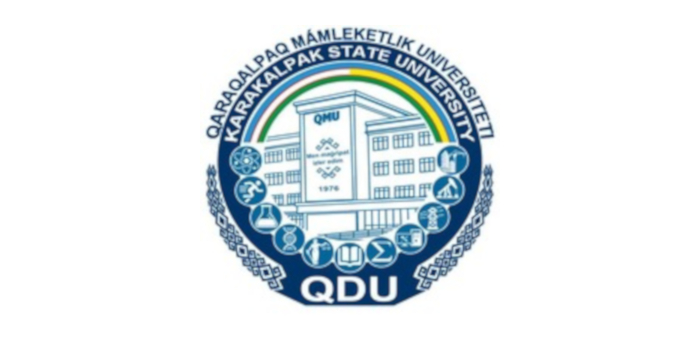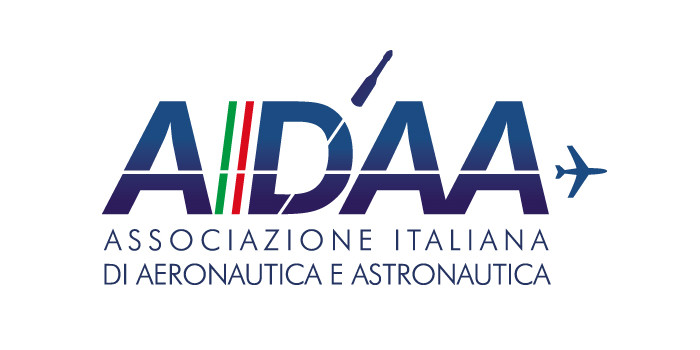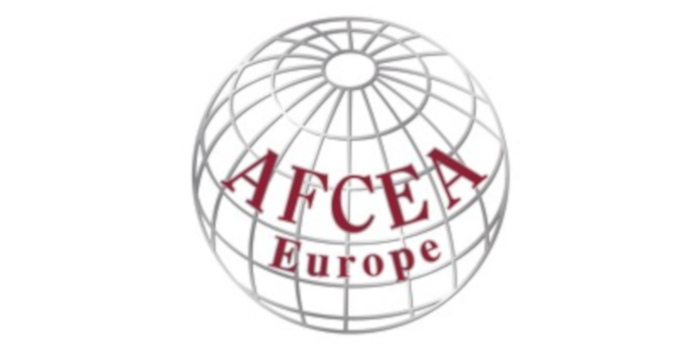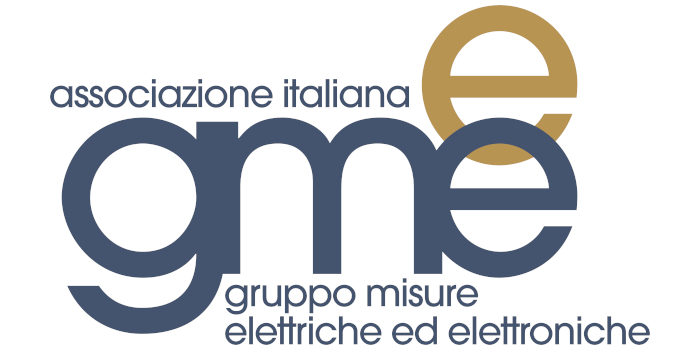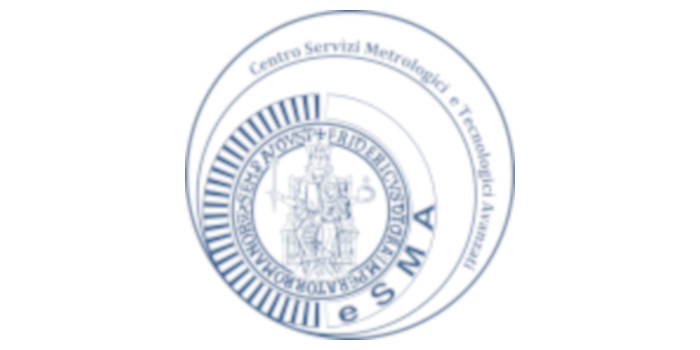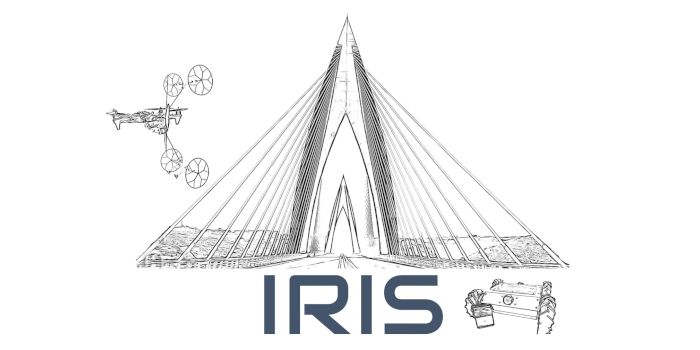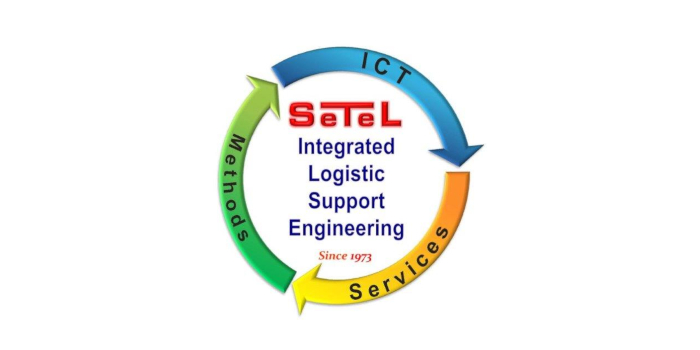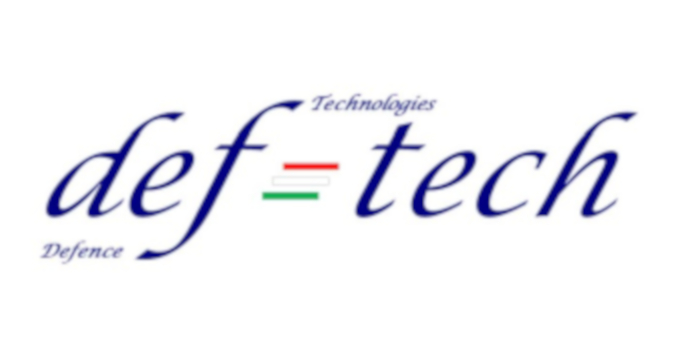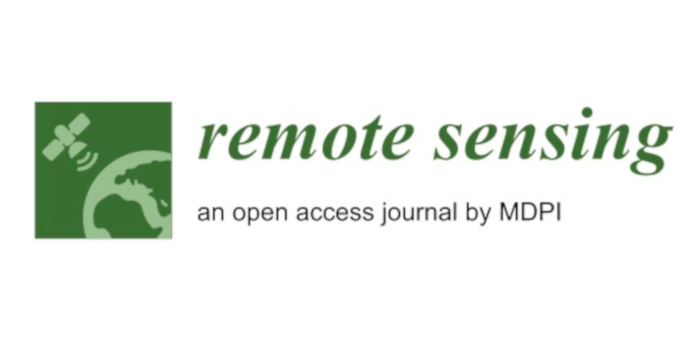Investigation of Muzzle Flow Using Background Oriented Schlieren and Particle Image Velocimetry Techniques
Abdelhafidh Moumen
Royal Military Academy, Belgium
ABSTRACT
About 70% of the chemical energy developed by a conventional weapon system (propellant-gun) is not converted into kinetic energy of the projectile but is contained in a combustion gas-particle mixture which is rapidly discharged from the muzzle of the gun in a few milliseconds after the projectile ejection. These muzzle flow fields exhibit the structure of a supersonic highly underexpanded jet encapsulated by an outer blast wave. Due to the harsh environment, the extremely short duration, and the explosive evolution of the intermediate ballistics phase, this flow characterization has been heretofore limited to local and intrusive measurement techniques. Consequently, the quantitative experimental data are limited, so are the number of numerical codes validated in this field. In this context, the present study investigates the application of the Background Oriented Schlieren (BOS) and the Particle Image Velocimetry (PIV) techniques as quantitative investigation tools in the intermediate ballistics field.
In BOS, the salient features of the muzzle flow such as vortex rings, shock bottles, Mach disk, and blast wave are accurately captured and described both qualitatively and in terms of density. Three improved approaches that are essential to the analysis are proposed and they are related to (i) density field reconstruction based on Abel inversion, (ii) phase separation procedure, and (iii) a-posteriori uncertainty quantification. In PIV, we demonstrate the suitability of this technique to provide accurate velocity measurements in the challenging environment of the propellant flow. This was achieved using: (i) the naturally existing particles in the combustion gas as tracers, (ii) two different solid tracers; namely, TiO2 and ZrO2 particles with a nominal size of 100 nm, seeded in the gas using two different methods.
SPEAKER BIO
Mr. Abdelhafidh Moumen is a military officer, he is a specialist in energetic materials, ammunition, IEDs, and weapon systems. He holds a master's degree in engineering sciences in weapon systems and ballistics from the Polytechnic Faculty of the Royal Military Academy of Belgium (RMA) since 2011. With his professional experience of more than eight years in the fields of weapon system inspection, restoration, modernization, and explosive ordnance disposal as an active-duty officer, along with his engineering background, he has joined the Department of Weapon Systems and Ballistics at RMA as a researcher since 2018. Mr. Moumen's research interests are primarily focused on the analysis and quantitative visualization of the muzzle flow field. He is the author and co-author of multiple papers published in international journals and conferences. He is a member of the International Ballistics Society and a recipient of the "Rosalind and Pei Chi Chou Award" (2019).


